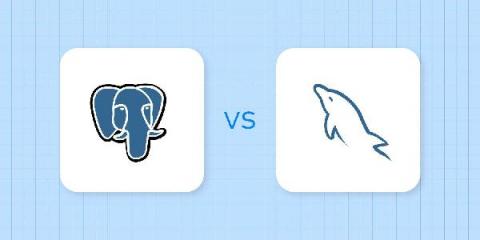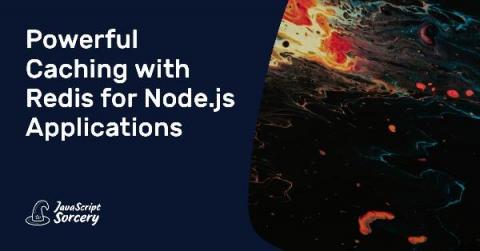The Dashboard Is Dead, Long Live the Dashboard
There is a lot of talk these days about the dashboard being a thing of the past. After all, simply displaying KPIs and visualizations in a dashboard is something everyone can do, right? If monitoring KPIs is all you need to do, then we would agree: The dashboard is largely dead. We can deliver those singular data points to you anywhere, monitoring what you’re interested in, alerting you to changes and triggering action.









